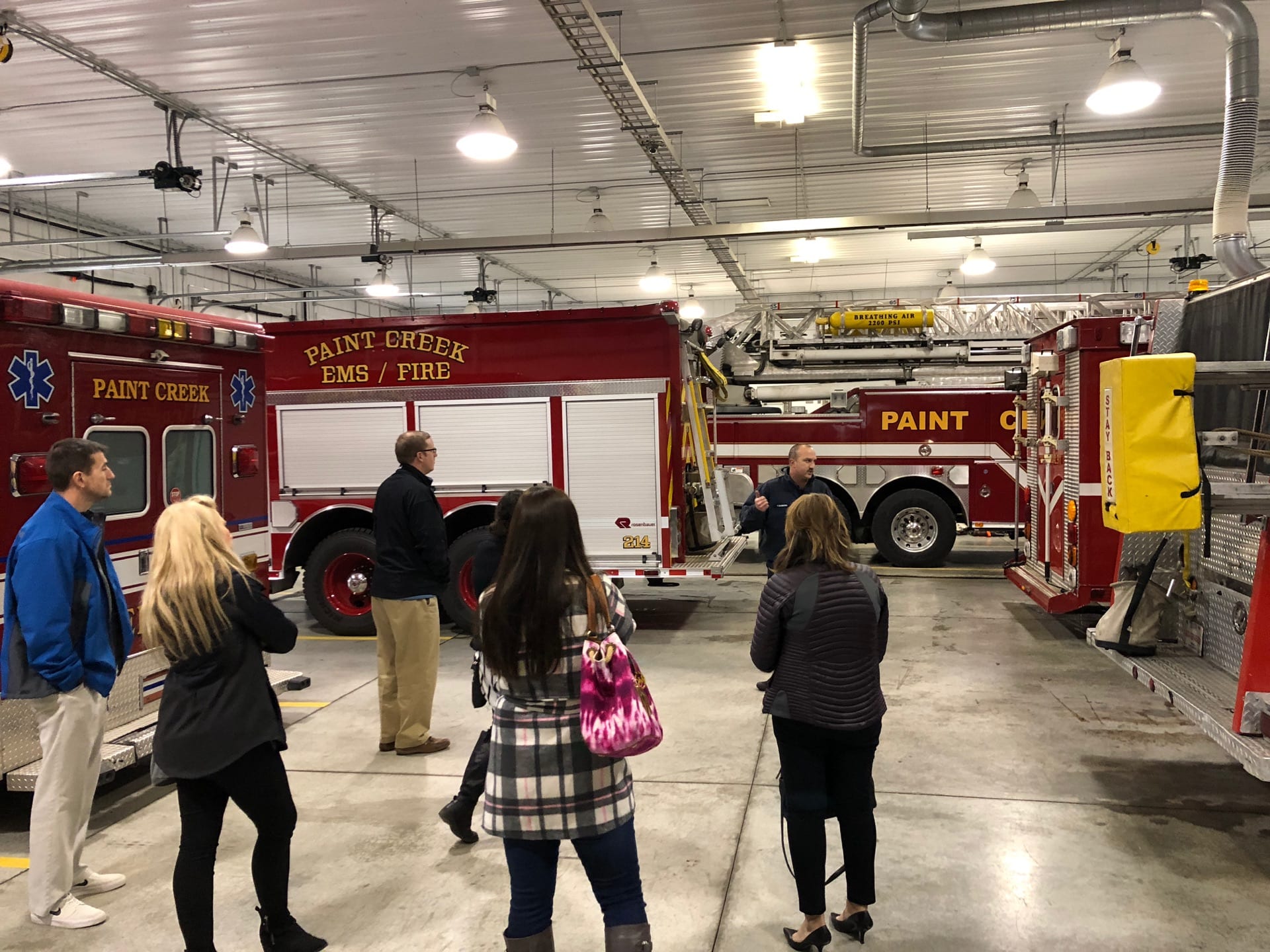Submitted by Faye Mahaffey
OSUE Brown County Master Gardener Volunteer
How did your garden do this year? Was your tomato yield down? Did your green beans do as well as you wanted? Maybe it’s time to do a soil test!
According to OSUE Fact Sheet HYG-1132, Soil testing is an excellent investment for garden, lawn, landscape plants, and commercial crops. It is a very inexpensive way of maintaining good plant health and maximum crop productivity. The standard soil test provides the status of phosphorus (P), potassium (K), calcium (Ca), magnesium (Mg), pH, cation exchange capacity, lime requirement index, and base saturations. Additional tests are also available for iron (Fe), zinc (Zn), manganese (Mn), soluble salts, nitrates, and organic matter content. With a representative soil sample and an accurate test, sound fertilizer recommendations can help gardeners and growers improve plant quality and productivity, and save money, too!
The soil test takes the guesswork out of fertilization and is extremely cost effective. It not only eliminates the waste of money spent on unnecessary fertilizers but also eliminates over-usage of fertilizers, hence helping to protect the environment.
Soil samples can be taken in the spring or fall for established sites. For new sites, soil samples can be taken anytime when the soil is workable. Most people conduct their soil tests in the spring. However, autumn can also be a great time to take soil tests if one wants to avoid the spring rush and suspects a soil pH problem. Fall soil testing will allow you ample time to apply lime to raise the soil pH. Sulfur should be applied in the spring if the soil pH needs to be lowered.
A soil tests every two to three years is usually adequate. Sample more frequently if you desire a closer monitoring of the fertility levels, or if you grow plants that are known to be heavy feeders.
A soil sample is best taken with a soil probe or an auger. However, a spade, knife, or trowel can also be used to take thin slices or sections of soil. Soils should be collected in a clean plastic pail or box.
Gardeners, homeowners, landscapers, growers, farmers, and all other interested parties should contact their local OSU Extension office to find out the scope of services in each county, if they have questions about soil testing. See http://extension.osu.edu/counties.phpfor a list of OSU Extension offices, their contact information, and services that each office offers.
Interested in learning more about soils and soil testing? Mark your calendar and plan to attend our garden seminar on Thursday, February 21 at 7:00 p.m. at the Mt. Orab campus of Southern State Community College. James Morris, Agriculture and Natural Resources Educator and Community Development Educator for Brown County OSU Extension, will talk about soils as well as soil testing. Remember that all seminars are free and open to the public and are held in Room 208. Please remember that in case of wintry weather, you should check SSCC’s website, www.sscc.edu, or call 937-444-7722, for any campus closures. If the campus is closed, the seminar will be canceled and rescheduled.
Dreaming about your garden? Ordering seeds? It’s time to think about the health of your soil!






